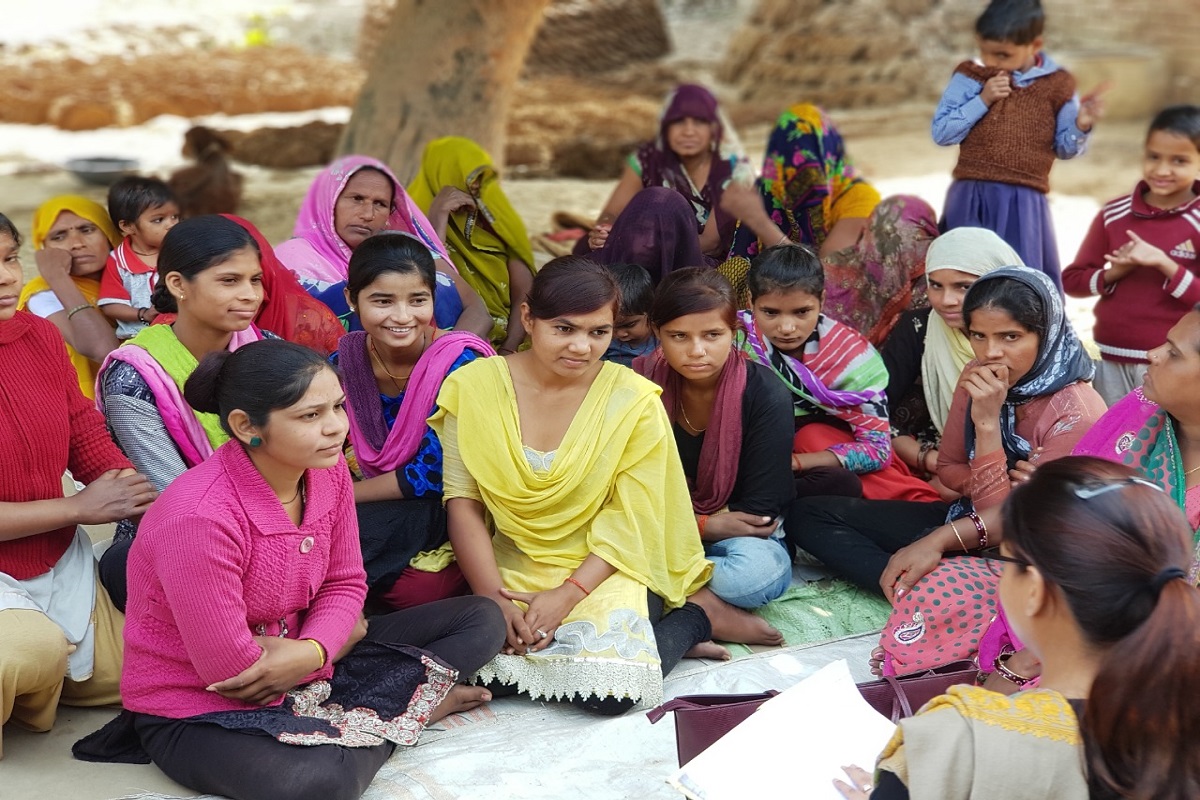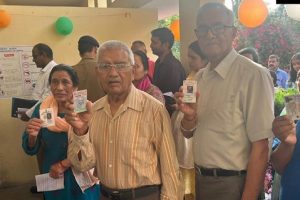According to recently released National Crime Record Bureau (NCRB) data, incidents of crime against women have been rising exponentially in India in recent years. In 2021, they reached a 15.3 percent rate.
The number of cases reported for one lakh female population rose from 56.5 in 2020 to 64.5 in 2021.
According to the data from the National Commission for Women (NCW), violence and abuse against women increased by over 100 percent while the country was under lockdown.
The majority of cases of crime against women were classified as “Cruelty by Husband or His Relatives” (31.8 percent), “Assault on a Woman with Intent to Outrage her Modesty” (20.8 percent), “Kidnapping and Abduction of Women” (17.6 percent), and “Raping” (7.4 percent).
The Delhi Commission for Women (DCW) expressed concern over these staggering figures. In Delhi, crimes against women climbed by 41 percent from 2020 to 2019.
However, as the prevalence of violence against women has increased, numerous social reforms, organisations, and programmes have been initiated to address these heinous acts.
One of these is Project Shakti (Power). Started by the NGO AROH Foundation in 2021, Project Shakti began its mission to change the mindset against fair sex. So far, the project has directly improved the lives of 250 girls and 50 women in Delhi.
Project Shakti aims to address the issue of domestic abuse, particularly intimate partner violence, which disproportionately affects the poor. The goal of the project is to strategically mobilise people who can contribute to the establishment of a safety net for all the women who experience domestic violence in their daily lives.
The Statesman spoke to Dr. Neelam Gupta, the brain behind Project Shakti and AROH, about the project.
Q-Shakti is still restricted to Sangam Vihar. What is your next move in the wake of violence against women in Delhi-NCR?
Shakti has already reached out to many localities, especially in the slums of Mundka, Rani Khera, and Ghevra Sawda of North-West Delhi, and also into the rural surroundings of Gautam Buddha Nagar, Uttar Pradesh, Chhattisgarh, Meghalaya, Rajasthan, Bihar, and Punjab.
We have been able to transform more than 2000 vulnerable lives, both directly and innumerably indirectly. Shakti has its core in developing “ambassadors of change,” and wherever these change agents go, the momentum of Shakti accelerates.
2. What is the process of rescuing women, and how do you help them restore their lives?
Shakti develops and connects women’s groups through online and face-to-face interaction platforms. These groups have members from the legal, police, activist, and political fraternities. Each group has a female leader, who is trained and empowered by AROH to supervise the functioning and impact of the initiative. These group members are in constant touch with each other and with female community members too. They are connected over WhatsApp and conduct physical meetings regularly, too.
Group leaders are trained and motivated enough by the AROH team so that they take responsibility and ownership of the initiative too. They maintain the transactions of the groups, discuss and compare the case studies with other groups in the community, cross-learn from the experiences, and make sure that the efforts translate into impact.
They talk about problems in their homes or with other females in the neighbourhood looking for help. And with expert guidance, each matter is handled with personalised and expert attention.
3. What are some of the key challenges faced during the initial implementation of Project Shakti?
Frankly speaking, the biggest hurdles were the women themselves. Women grew accustomed to various forms of violence as a result of living in constant patriarchal settings. The most difficult part was convincing them that they were being attacked.
While both men and women are aware that domestic violence is morally and legally offensive, they choose to ignore this common knowledge. That is because our societal norms have normalised the tolerance of domestic violence. Usually, due to social pressure, unawareness, and helplessness, women tend to tolerate this violence, which is even appreciated as a high level of endurance. Poverty and stressful life conditions add fuel to this violence, and age-long patriarchal setups and inaccessibility to the right authorities or individuals to seek support also keep the victims on the receiving end.
While AROH was well prepared and focused strategically and morally to implement Shakti, there were numerous roadblocks right from the start. It included political reluctance to provide support as well as social barriers, such as fostering local acceptance and instilling a sense of ownership among community members. Also, the community presented its friction in breaking the age-long patriarchy. The organisation also had implementation risks; operating in such notorious localities with female staff under various threats was a challenge. A lack of funds, as well as the ability to sustain partnerships and change beyond a single programming cycle, was also a challenge. But with concerted dedication and efforts, all of these were mitigated eventually.
4. Is any particular government scheme benefiting the project, or are the government projects enough for the prevention of domestic violence? Do you suggest some more policies or actions?
As of now, the project is running in an autonomous mode, facilitating various government schemes like Beti Bachao, Beti Padhao, Kanyadan, Ujjawala, Swadhar, DDU GKY, etc. but not being directly associated with any of them. However, as a PIA of DDU GKY, AROH encourages females of eligible competency and qualification to participate in the government’s aspirational scheme.
And yes, while all of these schemes individually address one of the many problems a woman in India faces, none of them addresses all her issues in an integrated way.
Policymakers must revisit these schemes and attempt to develop a model that holistically addresses all pressing issues confronting women, such as financial security, social security, and access to necessities such as health, education, and sanitation, and ensures women’s equal standing in society. A 360-degree approach is needed, just like the one-stop center. Can we do it? Yes, we can!
5. Does the funding your NGO gets ensure the long-term sustainability of the program?
Oh, that’s the hand on the sore vein. It’s not just AROH, but all those not-for-profit organisations whose crunch of funds kills the passion for service for many. A CSR fund is typically allocated for three years, after which it is the people we develop in the community who serve the work and make an impact.
But what about the workforce working for us? After the fund’s project is completed, it becomes difficult to retain trained and expert personnel. That’s the loss we bear, and it hits hard on us.
I feel once an NGO proves its credibility, the government should adopt and sustain the organisation to facilitate or implement its various schemes at the grassroots. While the government struggles to reach the grassroots, we, the grassroots experts, struggle with a lack of government support or backing. There should be an SOP for 20-year-old credible organisations like AROH to be part of the government’s backing and work as paramilitary forces for social development. I hope someone in the right seat reads and reacts to this.











